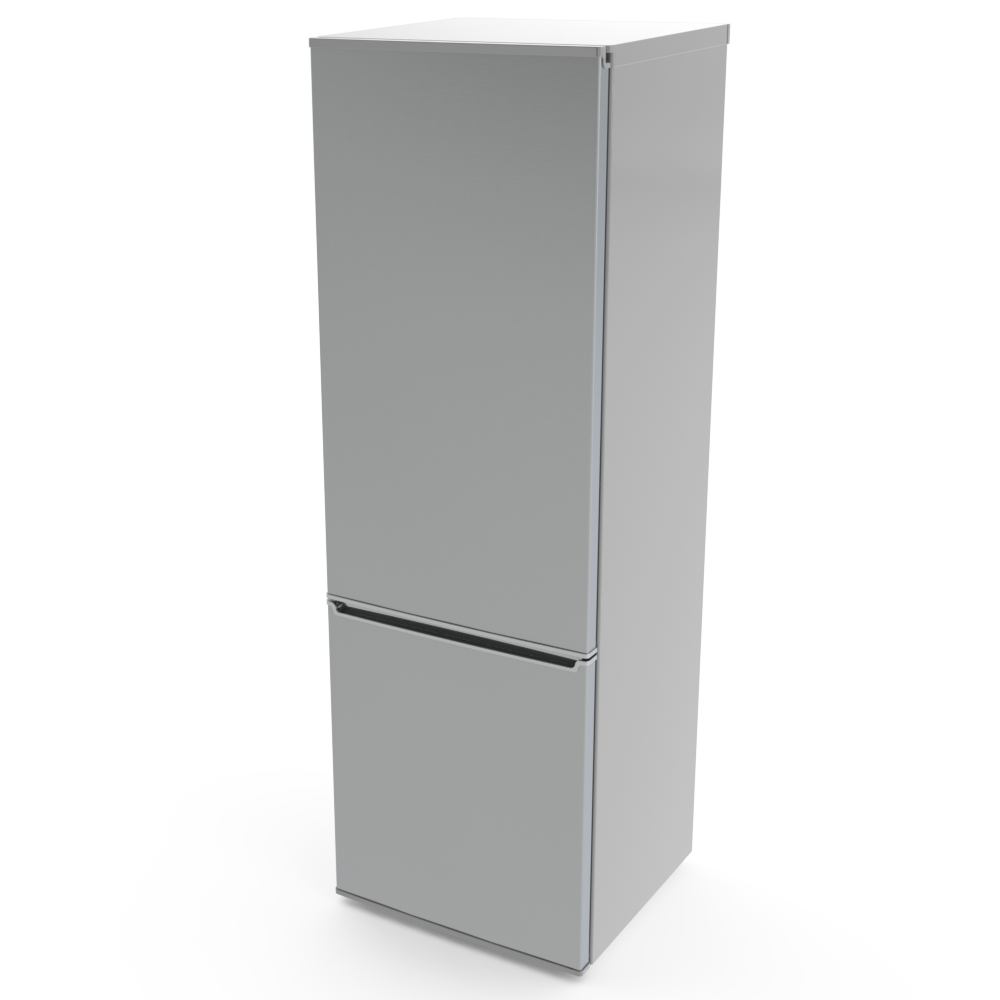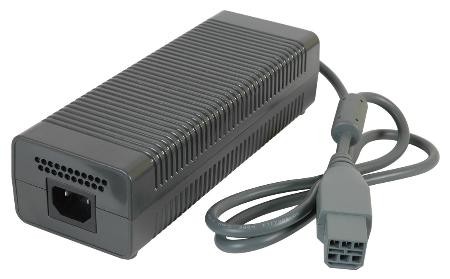
So, what exactly is a solar refrigerator?
That’s a good question friend! Why I’ve got an answer just for you. A solar refrigerator is… well… exactly what it sounds like. A solar fridge. Ta Da! Okay, fine, I’ll explain in greater detail about the differences between a solar refrigerator and your regular run-of-the-mill refrigerators.
So let’s talk refrigerators first. Like most appliances you have in your household, they draw from an AC (alternating current) power source to operate. AC power sources function at higher voltage levels than their DC equivalents. A 12 volt refrigerator would be a DC product; an AC unit generally functions between 10-20x that voltage. The increased voltage allows for power-hungry appliances to operate. With such a readily available amount of energy at 110 or 220 volts, there was never a need for most manufacturers to make their products more efficient. However, DC (direct current) is still how a lot of plug-in products operate so they won’t blow up from the constant surge of power. That is the reason why you see power bricks on so many products.

They’re also terribly inefficient at converting back to DC, which is why they’re sometimes hot enough to cook an egg on. It wasn’t until the last decade or two that efficiency and sustainability became a mainstream topic.
Back on topic with refrigerators. Most refrigerators are compressor driven. The compressor pushes hot gas into the coils of the refrigerator (the coils in the back) and the gas cools down from the colder room temperatures. When it cools, it changes back into a liquid state and flows through the coils inside the refrigerator and in turn absorbs the heat and cools down the air internally. It flows back into the compressor as it warms up back to a gaseous state.
Great, now we’re getting to it. So an AC compressor is usually incredibly inefficient at what it’s supposed to do. It takes on average 500-600 watts for a medium sized refrigerator to operate. The compressor needs that much power as an initial jolt for it to even power on. “But what about all those energy efficient models they sell now?” Good question. It doesn’t mean much as the compressor will always need that boost in order to start. Energy consumption will drop drastically after that initial burst making it “energy efficient”.
Now we understand a little more about how refrigerators work. So what about solar refrigerators? Well, DC compressors are a bit finicky. They’re hard to make and tend to be more expensive. However, they are a great deal more efficient. The compressor we’ve designed for the same sized solar refrigerator only needs about 150 watts to power up. The nature of DC also requires a thicker gauge of wires too. So, more than just the compressor, a solar refrigerator needs to be wired to operate on DC on a thicker set of wiring, otherwise it would just burn through the standard AC cables over time. What I’m trying to say that you can technically swap out an AC compressor for a DC compressor in a refrigerator to make it operational for solar. Just don’t expect it to have a long life cycle. So a true solar refrigerator should be designed and wired for DC usage.
Solar panels will generate energy in PV (photovoltaic), which naturally derives into DC. Taking that energy and inverting it back to AC is where you’ll encounter a loss of power in the conversion, not to mention the increased panel array and battery pack needed to operate it. A solar refrigerator will take a much smaller array and battery pack, making it at least 2-3 times more space efficient. A solar refrigerator will take DC power directly from the battery without any needless conversion or inversion.
A solar refrigerator easily becomes an item that can be taken and installed either in homes, remote locations, or even as an RV refrigerator without much of a hassle. The requirements are low, it doesn’t take a lot of space, and it’s a self sustaining system. It’s the one appliance you don’t turn off, so why aren’t you making the switch?
I’m trying to embark on a project of Solar refrigerator without the use of battery. Do you think it is feasible?
I mean there are units that are available that would work. The technology is centered around freezing and the walls of the freezer during sunlight with solar and hoping it stabilizes over night. So, in theory, it’s both doable and is already done actually. However, the lack control makes it a less than desirable option once the sun goes down. A shift in ambient temperatures can easily hamper the effectiveness of the unit. In essence, it becomes and over glorified cooler at night. The battery bank offers a stable consistent input of power, much like our very units, if it’s manufactured and wired to operate on DC, then it becomes a much simpler process. On the day to day, our Voltray 11.1 cuft unit only draws about 55 amp hours in 12v at room temperature in a day. You can feasibly operate it on a single 140 amp hour battery and a single solar panel. Similarly, our SunStar 14cuft chest freezer needs only 44 amp hours in 12v at room temperature in a day.
So… yes, you can remove the battery. It’s doable. However, is it worth it? That’s an entirely different question. A single battery can get you ease of mind and temperatures that you can control.
The main reason why I want it this way is to eliminate contamination of the environment by the lead from the battery and also to reduce expenses in getting a battery. We say the idea of solar is also to reduce contamination of the environment with harmful substances, the lead emitted from the batteries too are harmful to the environment.
About the system being dormant at night, I think if I can create an ice chamber(the little addition needed to make the difference?) inside the refrigerator it should be able to sustain the system at night till the next morning.
Hi Emmanuel,
Like I mentioned earlier, it can technically work. There are products like that out there already. However, it’s just not going to be as reliable or consistent in performance. Battery technology is on the up and rise, so there are a few more options out there for it to work.